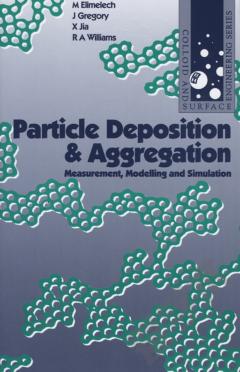Meshing, Geometric Modeling and Numerical Simulation, Volume 2 —— Metrics, Meshes and Mesh Adaptation
----- 网眼,几何建模和数值模拟第2卷:度量和网状,适应和应用
Triangulations, and more precisely meshes, are at the heart of many problems relating to a wide variety of scientific disciplines, and in particular numerical simulations of all kinds of physical phenomena. In numerical simulations, the functional spaces of approximation used to search for solutions are defined from meshes, and in this sense these meshes play a fundamental role. This strong link between meshes and functional spaces leads us to consider advanced simulation methods in which the meshes are adapted to the behaviors of the underlying physical phenomena. This book presents the basic elements of this vision of meshing. These mesh adaptations are generally governed by a posteriori error estimators representing an increase of the error with respect to a size or metric. Independently of this metric of calculation, compliance with a geometry can also be calculated using a so-called geometric metric. The notion of mesh thus finds its meaning in the metric of its elements.
{{comment.content}}








 京公网安备 11010802027623号
京公网安备 11010802027623号